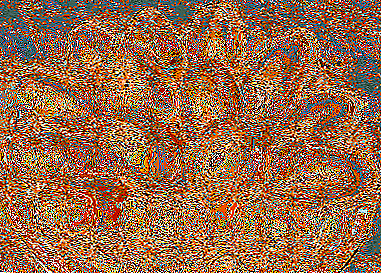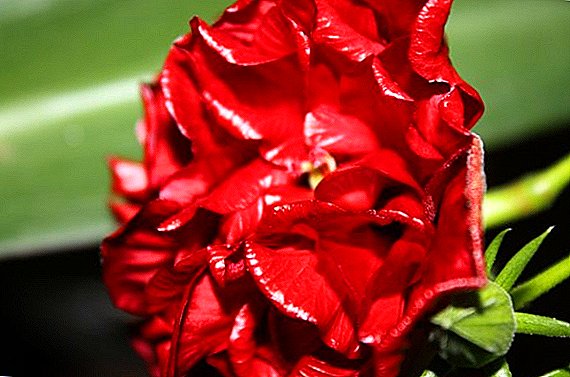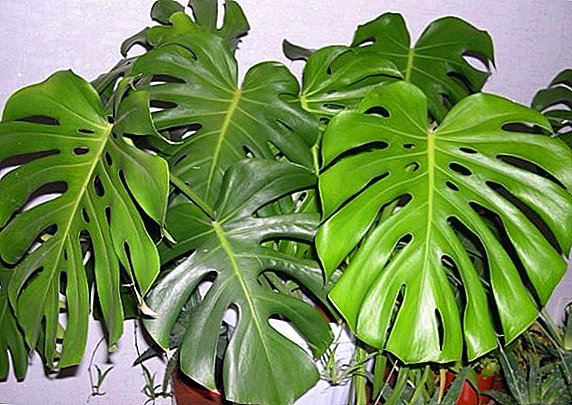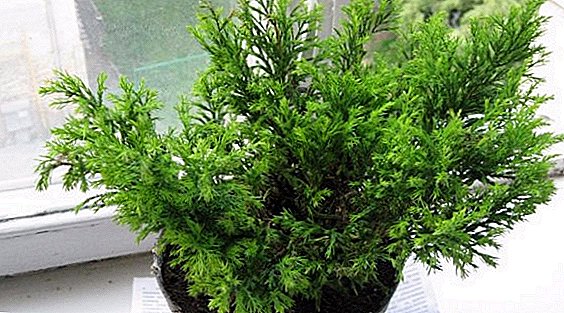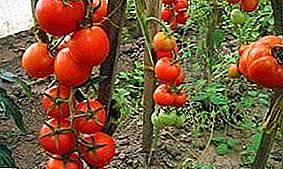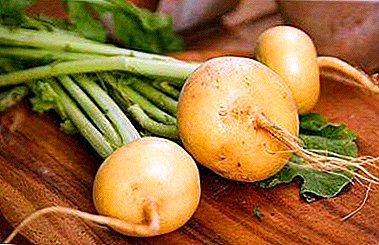
The nutritional value of turnips is huge. This Cruciferous root vegetable from the southern countries is a real fount of vitamins and microelements. Turnips are eaten fresh, stewed, steamed, boiled, stuffed, used as a side dish and served as a separate dish - first, second and even third. Juice is squeezed out of it and consumed both in pure form and in combination with other vegetable and fruit juices.
Turnips can be dried and insist kvass on it, from the puree mashed potatoes - make bread. Before the advent of potatoes, turnip was the main place in the human diet. Vegetable has healing properties and is recommended by nutritionists. But, like any product, turnips have indications and contraindications.
Why do you need to know the chemical composition of this vegetable?
After turnip gave way to the potato, they began to forget about it. However, in connection with the latest research scientists who discovered the antitumor properties of turnips, she began to gradually recapture their positions.
It is important to understand what substances are contained in this vegetable so that its eating does not harm the body. And vice versa: to use the root crop more actively if there is a deficiency of the currently needed trace element or vitamin, which can be obtained only from turnips. Also, this information is useful for understanding the compatibility of turnips with other food products, not only to taste, but also by chemical composition.
Calorie and BJU
Turnip has many varieties. On the counters of shops and markets, the classic orange-yellow turnip most often appears, but this vegetable can also have white, and black, and purple colors of varying intensity. Different varieties of turnip can vary in taste, and chemical composition, and parameters of BZHU and calorie.
Comparing these indicators in different species
| Kind of turnip | Calories per 100 g, kcal | Proteins, g | Fat, g | Carbohydrates g |
| White | 28 | 0,9 | 0,1 | 6,43 |
| Yellow | 30 | 1,5 | 0,1 | 6,2 |
| Swedish (lilac or black) | 37 | 1,08 | 0,16 | 8,62 |
White turnip is the most delicate to taste, and it is recommended to give children.
Nutrition and energy value of boiled vegetables
After cooking, turnips are slightly more caloric than fresh, but the amount of proteins and carbohydrates in it changes noticeably:
| Kind of turnip | Calories per 100 g kcal | Proteins, g | Fat, g | Carbohydrates, g |
| Boiled | 33 | 3,8 | 0,5 | 4,3 |
| Steamed | 30 | 2,5 | 0,1 | 5,5 |
| Stewed | 29 | 2,2 | 0,4 | 6,1 |
| Frozen | 25 | 2,1 | 0,3 | 4 |
However, very few people weigh the turna in multiples of 100 grams to perfectly calculate its calorie content, and in recipes it is usually measured in pieces.. One turnip weighs from 60 to 200 g in early-ripening varieties and up to 700 in large ones.
On the shelves in the grocery store, they usually sell mid-season varieties of this vegetable, in which one instance of the product weighs about 200 g. Accordingly, the figures above, which reflect BJU and the calorie content of the turnip, can be multiplied twice before cooking from it. kitchen scales and calculator.
Important: Before cooking, turnips are kept for 5-10 minutes in hot salty water to remove bitterness.
Vitamin composition
This vegetable is considered a record for the content of ascorbic acid., ahead of citrus and kiwi and second only to the wild rose. But there are a lot of other vitamins in it.
| Vitamins per 100 g | BUT | IN 1 | AT 2 | IN 3 | AT 5 | AT 9 | WITH | E | PP | TO |
| Content, mg | 17 | 0,05 | 0,04 | 0,4 | 0,2 | 15 | 20 | 0,1 | 0,8 | 0,1 |
Do not store boiled turnips for more than 3 hours, otherwise vitamin C is destroyed in it. In addition to vitamin substances, the vegetable contains a mass of micro and macro elements:
| Trace elements per 100 g of product | Content in raw product, mg | Content in heat-treated turnip |
| Phosphorus | 34 | 82 |
| Potassium | 238 | 343 |
| Calcith | 49 | 118 |
| Magnesium | 17 | 27 |
| Sodium | 17 | 56 |
| Macroelements per 100 g of product | Content in fresh turnip, mcg | Content in heat-treated turnip, mcg |
| Iron | 0,9 | 1,27 |
| Zinc | - | 0,55 |
| Copper | - | 75 |
| Manganese | - | 0,38 |
And turnip contains small amounts of iodine, sulfur salts, fructose, sucrose. Other beneficial substances contained in turnips:
- Organic acids - 0.1 mg.
- Water - 86 mg.
- Ash - 0.7 mg.
Beneficial features
 The combination of vitamins and other useful components provides a wide impact on the human body:
The combination of vitamins and other useful components provides a wide impact on the human body:
- anti-inflammatory;
- hematopoietic;
- protvorohytic;
- diuretic;
- laxative;
- anti-gouty;
- slimming;
- strengthening bones, joints and spine;
- regulating the work of the heart;
- strengthening tooth enamel and suppressing putrefactive microflora;
- cough;
- improves vision, skin, hair, nails;
- normalizing the microflora of the female genital organs;
- fat burning;
- accelerating metabolism;
- hypoglycemic;
- easy soothing.
In addition to the above properties turnip is able to block tumor processes in the body due to the content of glucoraphaninwhich during chewing turns into sulforaphane.
Therefore, it is useful to use it for the prevention of oncology, and during treatment.
Contraindications to the use
Not everyone and not always can have a turnip. Its use is contraindicated for such illnesses:
- acute gastrointestinal tract diseases;
- pathology of the kidneys and liver;
- chronic cholecystitis;
- tendency to flatulence;
- colitis;
- irritable bowel syndrome;
- urolithiasis disease;
- disruption of the thyroid gland;
- individual intolerance.
Also turnips are contraindicated during breastfeeding avoid gas formation and abdominal pain in an infant.
Attention: turnips can not be used with milk and melon.
The best combination of turnips with other products:
 meat;
meat;- mushrooms (best forest salted);
- carrot;
- bow;
- Bell pepper;
- pumpkin;
- greenery;
- cheese;
- processed cheese;
- apples;
- raisins;
- honey.
This wonderful vegetable is a real fount of useful items., has a low calorie with high nutritional value. Knowing the chemical composition, calorie and BJU turnips, you can cook a lot of delicious dishes that will bring the body recovery with reasonable use.


 meat;
meat;